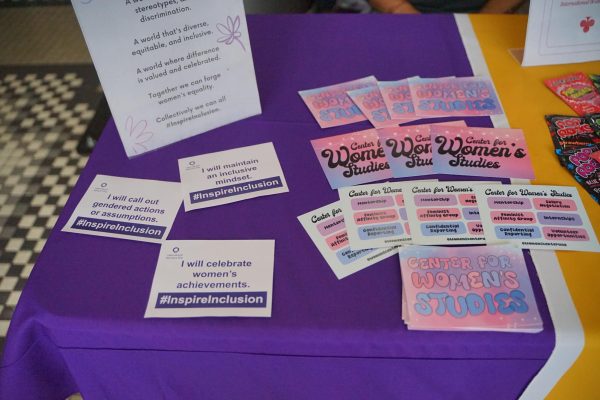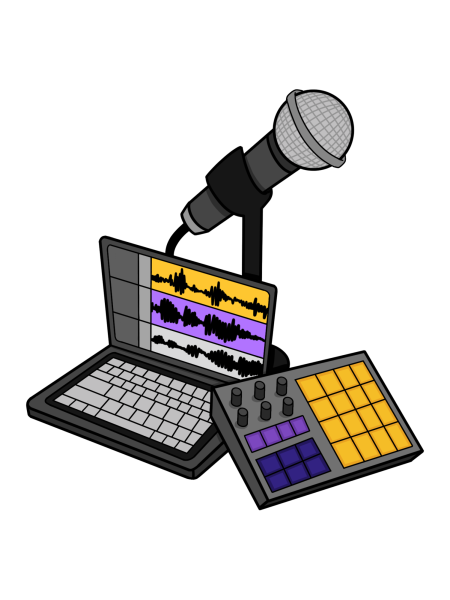Book prices increase more than inflation
January 17, 2013
Today’s college students are seeing textbook prices at an all-time high, according to a report by the American Enterprise Institute, which found that textbook prices have increased by 812 percent since 1978 — a rate of increase that outpaces that of college tuition and inflation.
The increase in textbook prices translates into financial hardships for UNA students as textbook shopping becomes a greater burden.
Brad Nichols, 20-year manager of the 35-year-old Off Campus Bookstore, confirmed the trend.
“My personal feeling is that the publisher just wants to make more money,” he said.
Nichols said his goal is to provide students the best possible price on books. The books in his store are bought directly from the publisher, he said, and his prices are about 120 to 125 percent of the publisher’s price.
Griffin Hite, UNA Campus Bookstore manager, said pricing in his store is straightforward.
“Basically, it boils down to the initial cost from the publisher, plus an agreed-upon contractual margin between the school and bookstore operator (in this case, Follett Higher Education Group),” Hite said via email.
Hite did not disclose the amount agreed upon in UNA’s contract with Follett.
Hite said students can save by renting books or purchasing used books.
For Sherry Wilkes, a UNA student and a single mother, savings are not coming so easily. She decided to return to school last fall to find that the price of textbooks had more than doubled since earning her associate degree in 1998.
“Then, I paid for four classes and it cost maybe $200,” she said while browsing the UNA Campus Bookstore. “Here it is now, and I’d say I’m looking at at least $500 this semester.
“Just this book alone is $183,” Wilkes said, gesturing to a book required for one of her classes. “I have no choice but to buy it. It’s crazy, especially for us single parents.”
John Barrett, department chair of economics and finance at UNA, said the rising cost of textbooks is an issue that both faculty and publishers are attempting to address.
“You wouldn’t believe how many publishers have asked us for ideas about what to do,” he said. “If you look at the raw materials necessary to print a textbook, it’s inexpensive. It’s the compensation of the authors and other contributors that drives up the cost.”
Barrett said inclusion of online resources such as CDs and access codes is another factor that drives up the cost of textbooks.
Despite the present circumstances, Barrett has hope for the future.
“I think the cost will stabilize at some point in the long run, maybe even eventually come down,” he said.
For money-saving tips on textbooks, visit the UNA website at http://www.una.edu/admissions/textbooks.html.











